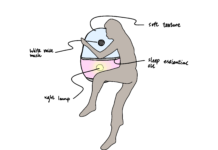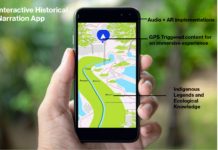The disruption to the entertainment industry caused by Covid-19 has been well documented. The pandemic put a wholesale stop on global film and television production, and theater closures have limited the ways in which audiences can view films.
One clear trend has emerged—virtual production may be the panacea to remedy the studios’ headaches. Virtual production refers to the deployment of virtual characters or virtual sets in film and television. The technology comes in many forms; it was developed for James Cameron’s Avatar in 2009 and applied recently on The Mandalorian. Projecting virtual sets on LED walls in a soundstage in Los Angeles means that Jon Favreau, creator of The Mandalorian, can transport his actors from the deserts of Tatooine to a restaurant on the forest planet Sorgan in minutes. The benefits are clear: no need to travel and complete control of the set. Filmmakers can work faster and more flexibly.

Notes:
A stellar animator at a leading animation studio can animate just 2 seconds of film per week. That the process is immensely labor intensive.Something as simple as a character reaching for a set of keys can take a skilled animator a full week to finish. Virtual production allows filmmakers to see their virtual characters and environments in real time while working with actors on set. Using this technology, an animator can animate more than 20 seconds of film per week, instead of 2 seconds of film per week. As a result, the cost of the highest quality animated content will fall precipitously in the next few years.
References:
Columbia Business School – the Eugene Lang Entrepreneurship Center, E.J.B. and Goldfarb, R. (2022) Virtual production is the future of the animation industry, Forbes. Forbes Magazine. Available at: https://www.forbes.com/sites/columbiabusinessschool/2020/12/07/virtual-production-is-the-future-of-the-animation-industry/?sh=27fa9ac311f2 (Accessed: January 26, 2023).



